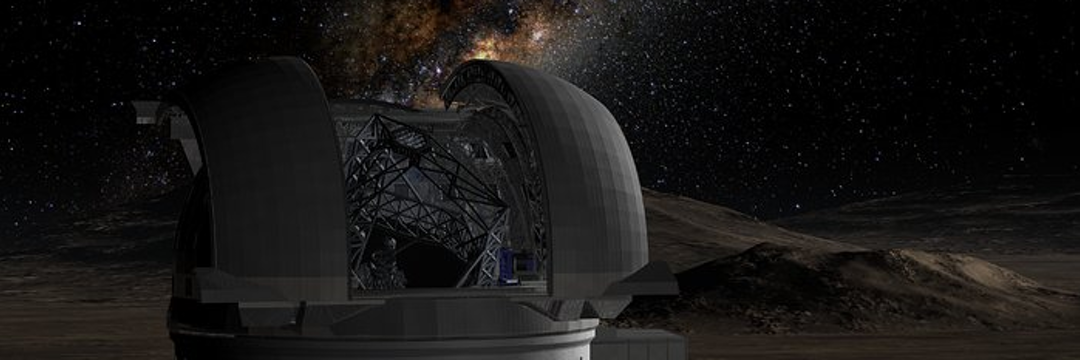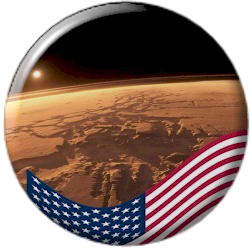
doi.org/10.48550/arXiv.2504.05354
Credibility: 888
#HerculesCorona Borealis Great Wall
The largest known structure in the Universe, called the Hercules-Corona Borealis Great Wall, may be even larger than scientists previously thought
Recent studies suggest that what was once thought to be 10 billion light-years across may actually be as wide as 15 billion light-years.
This is astonishing and challenges what we know about the Universe.
The findings have been submitted for publication and are available on the preprint server arXiv.
What is the Great Wall?
The Great Wall was discovered more than 10 years ago when astronomers noticed that gamma-ray bursts (a type of extremely powerful explosion in space) were occurring in a region of the Universe with a higher concentration than expected.
These bursts are caused by extreme events, such as the birth of a black hole or the collision of two neutron stars.
Because black holes and neutron stars come from very massive stars, these gamma-ray bursts are linked to galaxies where these stars are common.
Because they are so bright, gamma rays can be seen from very far away, and scientists use their locations to map groups of galaxies.
That’s how, in 2014, astronomers István Horváth, Jon Hakkila and Zsolt Bagoly announced the discovery of the Great Wall, after studying 283 gamma-ray bursts.
New findings
Now, these scientists, together with a larger team, have carried out a more detailed study, analyzing 542 gamma-ray bursts with known distances.
They measured the “redshift” of these bursts, which shows how much the light from them has been stretched by the expansion of the universe, allowing them to calculate the distance with precision.
The results indicate that the Great Wall may extend for a distance of about 15 billion light-years.
To give you an idea, the observable Universe (the part we can see) is about 93 billion light-years across.
In other words, this structure is gigantic!
Why is this a problem”
This discovery makes the Great Wall even more challenging for our understanding of the Universe.
Scientists believe in something called the “cosmological principle,” which says that on very large scales, the Universe is uniform, meaning that all parts of the Universe should be more or less the same, with no major differences or “clusters.” This idea is supported by several pieces of evidence.
However, structures larger than about 1.2 billion light-years across are already considered a major exception.
And we already know several of them! For example:
– The Quipu superstructure is about 1.3 billion light-years across.
– The Sloan Wall and the South Pole Wall are each about 1.37 billion light-years across.
– The Clowes-Campusano galaxy group is 2 billion light-years across.
– The Giant Arc is 3.3 billion light-years across.
– The Giant Quasar Group is 4 billion light-years across.
– The Great Wall, at 10 billion light-years across (and now possibly 15 billion), was already something out of the ordinary.
These new data show that it’s not just an illusion or miscalculation-it appears to be real.
What does this mean”
We still don’t know exactly what the Great Wall tells us about the universe and how it evolved.
What we do know is that there’s a lot about the universe that we don’t yet understand.
Discoveries like this help us get closer to the answers, even if only slowly.
The team’s findings have been submitted for publication and are available on arXiv for anyone who wants to learn more.
Published in 04/27/2025 08h05
Text adapted by AI (Grok) and translated via Google API in the English version. Images from public image libraries or credits in the caption. Information about DOI, author and institution can be found in the body of the article.
Reference article:
Original study:
| Geoprocessing Drone Systems HPC |

| ERP and CRM Systems Mobile Systems AI |


